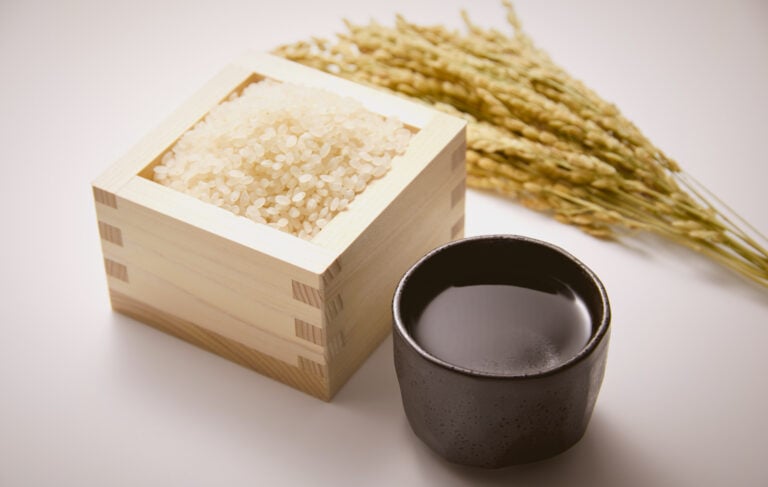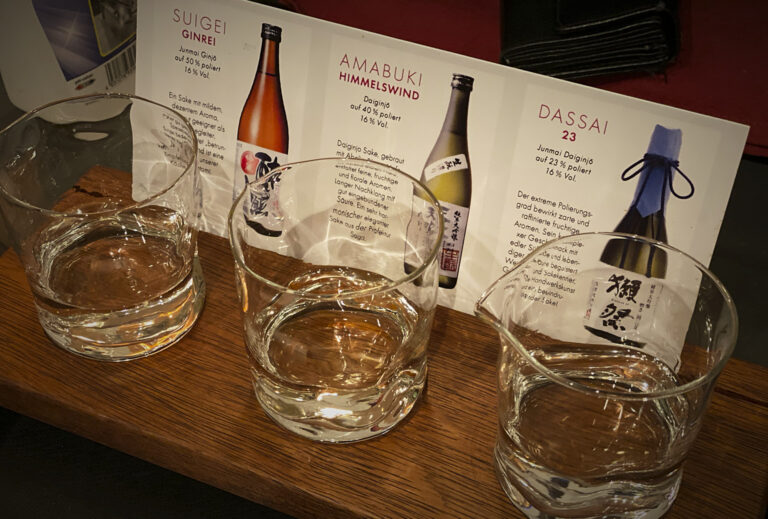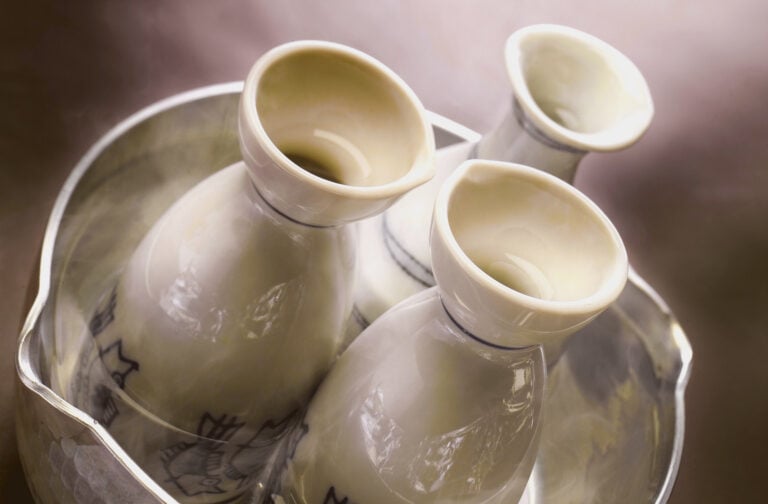Sake - this is what you should know about Japanese "rice wine
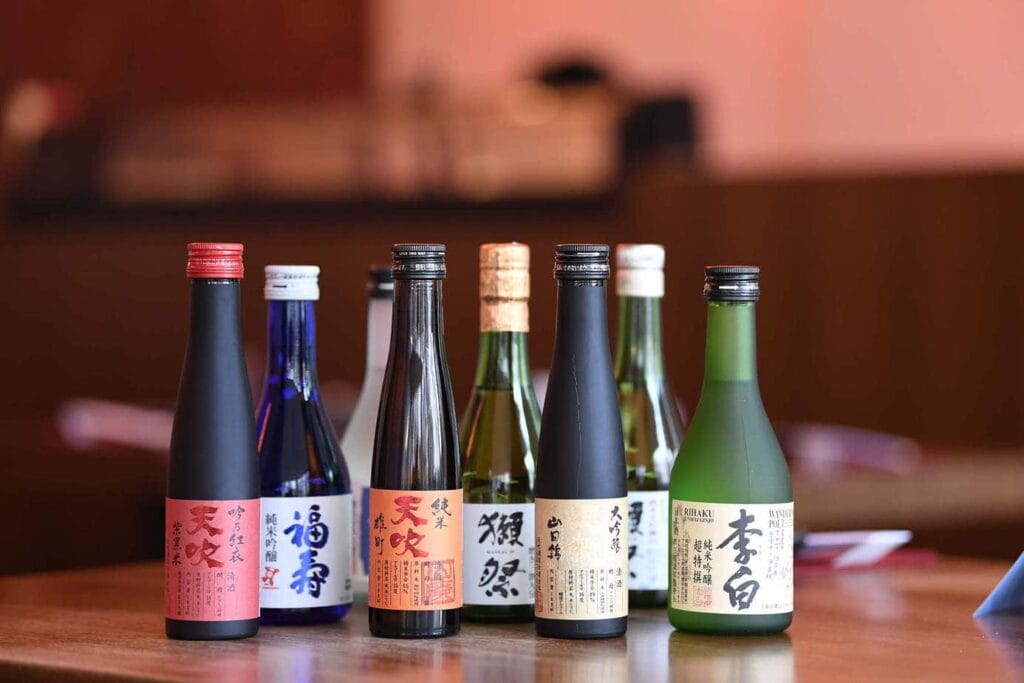
Sake - Japanese rice wine that is actually not wine at all. Originally served only in Japanese restaurants as a supposedly hot rice liquor, premium varieties in particular, which are drunk cold, are now finding aficionados all over the world and in all types of restaurants. We are also enthusiastic in our restaurant sansaro for sake and want to share this enthusiasm with you.
Here you can learn everything about sake!
Good, high-quality sake is much more than an alcoholic beverage. It is an expression of the Japanese soul and its unique culture.
Japanese sake has an incomparably fine flavor profile that neither wine nor beer can match. So it's no wonder that it has now also found its way into many German gourmet temples and bars.
But be careful! Not all sake is the same. As with wine, there are great differences in the quality of the Japanese national drink.
What most of us in Germany know as sake from Japanese restaurants is often the simplest quality from mass production. In Japan, too, really good sake can only be found in the gourmet cuisine there or in high-quality Japanese restaurants. Sake has a lot to offer in its Country of origin Japan even has a religious component and is often referred to as the "drink of the gods" (and gladly sacrificed to them).
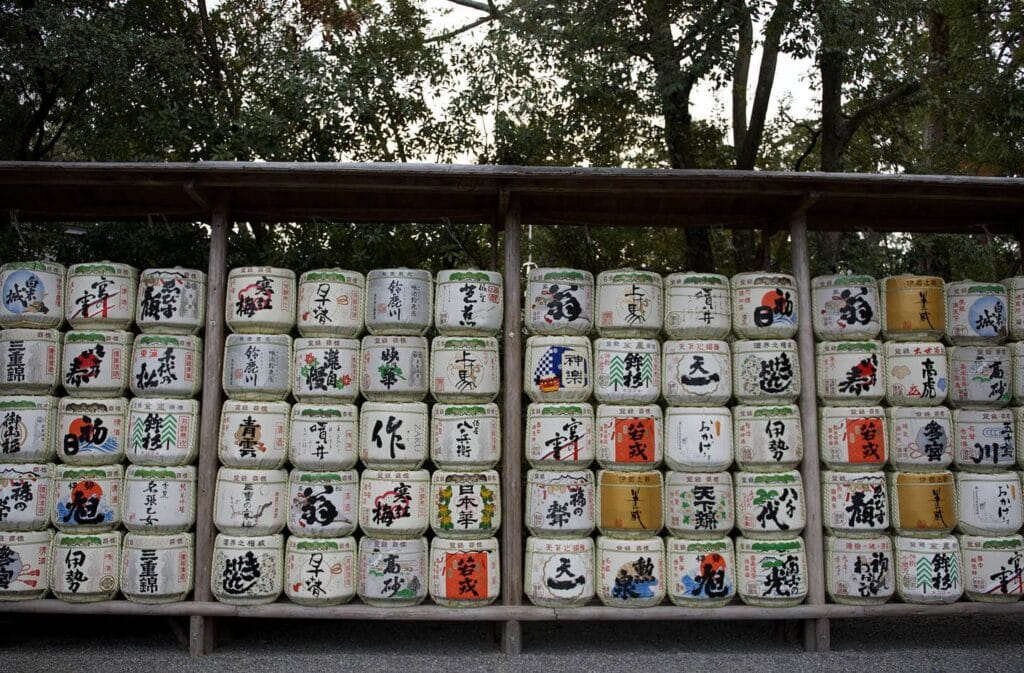
What is sake
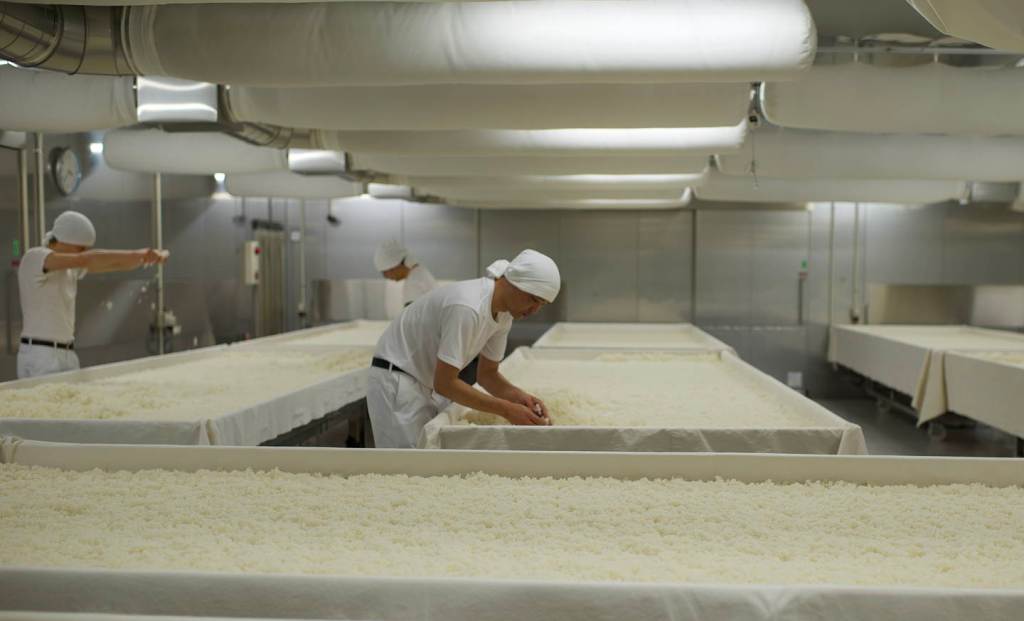
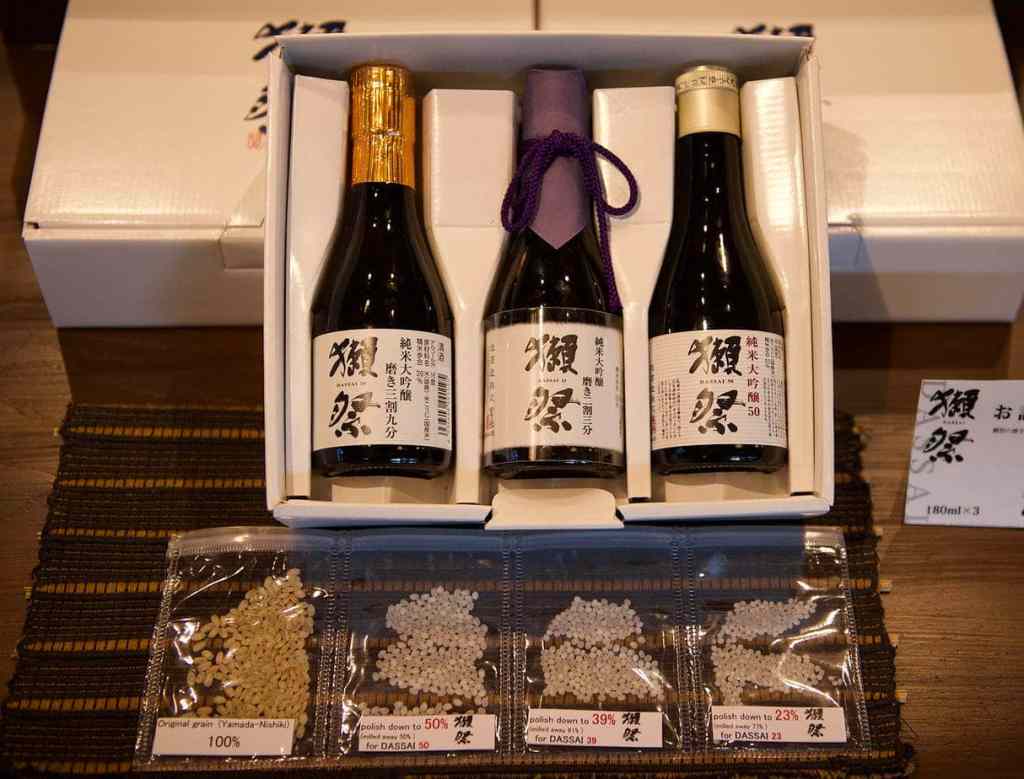
Brief information on definition, origin, production
In a nutshell: Sake is an alcoholic Drink from Rice and Water. Special types of rice are used, which are polished to a certain percentage. Sake is often referred to as "rice wine," but it is actually brewed much like a beer and is predominantly at home in Japan.
"Sake" is first simply Japanese for "alcoholic beverage." While in the rest of the world the term sake has become common for the Japanese beverage brewed from rice, it is often referred to as "Nihonshu" in Japan.
But this is not simply rice wine of any origin, as many Europeans believe. Also, sake is not a spirit although it is sometimes mistakenly called rice liquor - a Japanese version of European liquor would be even more the Distillate Shōchū. However, sake is not distilled, but brewed from rice - nevertheless, sake is not a beer.
And although the alcohol content and aroma is comparable to some extent with wine from grapes, sake is not actually a wine - because the production process is quite different from wine as we know it from Germany and Europe.
Sake comes from Japan and is the result of a 2000-year-old art of brewing, which is still unique in its production process (keyword: parallel fermentation).
Because of its elaborate production, good sake can therefore certainly be described as "slow food," a food companion that can heighten one's perception of sustainable, handmade cuisine and awareness of the value of individual ingredients.
In very simplified terms, the only ingredients needed to make sake are polished rice, yeast and water. This makes real Japanese sake one of the purest and most natural drinks in the world.
How sake is made in detail, you can learn on our page about Sake production:
What percentage of alcohol is in the sake is to be determined according to its type. On average, sake has 15-20 % alcohol, so comparable to full-bodied wine and not a liquor.
In the following graph you can see what alcohol content sake has compared to other drinks:
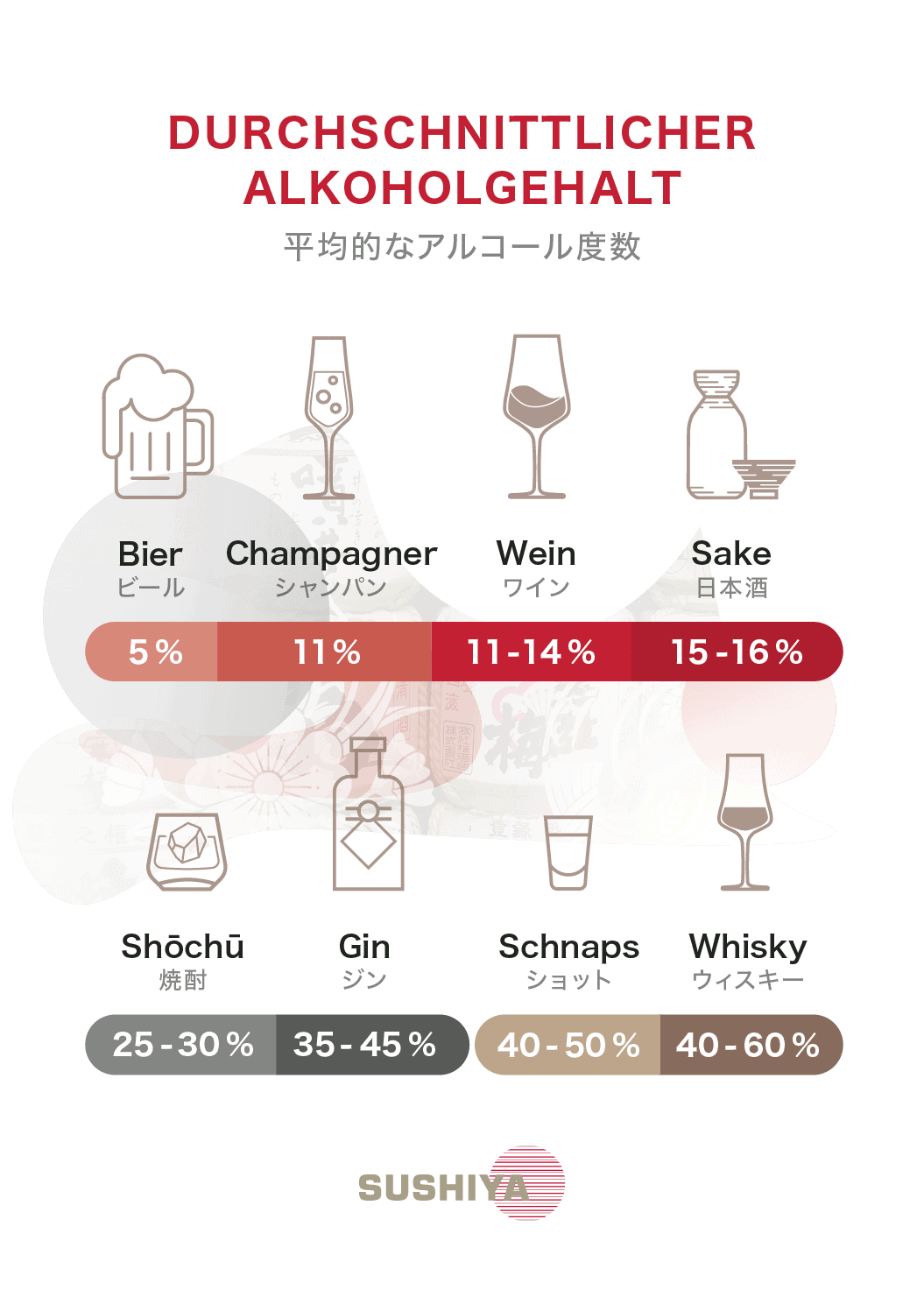

An important aspect in the Sake making is the degree of polishing: the smaller the number, the less is left of the original rice grain - i.e. the more has been polished away. In absolute premium sake, only 35% of the original rice grain is left - or, as in the case of Dassai 23, only 23%. These sakes are of course very expensive, if only because the artisanal processing is becoming more and more difficult with the ever smaller grain of rice. And there is already a lot of manual work in good sake.
Sake taste - the diversity of the world in every drop
Depending on the type and quality, the flavor profile of the many different types of sake also differs.
For example, premium sake has about 400 gustatory nuances - just for comparison: the wines we know have a maximum of 200 up their sleeves.
Therefore, it is conceivably difficult to put the taste of Japanese sake into a few words. And that even for experienced German wine sommeliers. Because the usual description as with wines clearly falls short here.
At most, it can be said that there are fruity, floral, earthy, nutty, umami-like, spicy, sweetish, bitter and sour aromas to be discovered, which unfold silky & graceful in the mouth. High-quality sake varieties have an exceptionally smooth and pleasant sensory experience.
Incidentally, depending on the estimate, there are between 10,000 and 15,000 different varieties of sake.
Understanding sake classification
The quality of Japanese sake is most easily recognized by its category.
The category already indicates whether the sake was produced with or without the addition of brewing alcohol, what minimum degree of polishing was used. And above all, one can already draw initial conclusions from the sake category about which flavor is to be expected and what the sake could ideally go with.
Here you will find a Overview of the different classifications of Japanese sake.
How to drink sake? - Enjoy Japanese sake with all senses
Unfortunately, there are many misconceptions about sake drinking. To help you avoid the same mistakes and experience the Japanese drink in its pure form and texture, we've put together a little sake guide here.
What do you drink sake for & when do you drink sake?
Sake is drunk during the meal. Depending on the food, the appropriate sake should be chosen. Of course, premium sake is also a real pleasure for the senses without food.
What to drink sake from?
You can only enjoy sake in style if you use the special sake glasses or ceramic vessels for it. Sake cups (Ochoko, Kikichoko & Guinomi), sake bowls (Masu, Kimasu) or Daignjo glasses are also suitable - which form you should choose depends on the type of sake, temperature and occasion. It is best to ask for advice at the restaurant. In our restaurant sansaro we offer special nosing glasses to fully enjoy the variety of flavors of sake. An insider tip is our Sake Tasting Flight, where you can taste three ever-changing sakes of different flavors or quality levels. More about this shortly here on the homepage.
What kind of sake do you drink warm?
Generally, the best premium sakes are served chilled, while the lower grades of quality products are served at room temperature or hot. These distinctions are important because temperature has a strong effect on taste. The following are particularly suitable for warm drinking Junmai, Junmai Ginjō, Tarusake, Yamahei, Kiomoto. Hot are only simple types of sake and Honjozo sake a pleasure.
Learn more about the enjoyment & drinking sake
If you want to learn more about it, how to best enjoy sake, how to store it and what to say when drinking sake, you will find here more information about drinking sake.
Experience the fascinating world of premium sake in Munich
Not only the production of sake is an art form. The correct preparation for enjoyment also needs to be learned and requires perfection
So that you can experience premium sake in the best quality, our Japanese restaurant sansaro regular Sake Tastings held.
At these events we taste together several, always changing sake varieties. In addition, we explain interesting facts about the background and the production of real quality sake.
All information as well as current dates for our exclusive sake events can always be found at www.sushiya.de at Sake Tasting.
In our Drinks menu you will find an unbeatable selection of exquisite saké of different directions, from Ginjō to Junmai Daiginjō, typical Japanese drink-friendly or exquisite and exciting.
A great option is also our Sake-Tasting-Flightwhich is firmly established on our drinks menu in the sansaro restaurant and where we have three ever-changing premium sakes ready for you to taste in small sips. And to accompany our seasonal menus, we often offer a specially selected beverage with sake.
By the way, most of the sake of which you can also order for delivery in Munich in our Delivery service order. Have fun!
Sharing pleasure in Japanese
SUSHIYA is passionate about Japanese cuisine and culture. In our restaurant sansaro you can encounter the fascinating Japanese cuisine or have it delivered to your home. On our homepage, Facebook and Instragram we always give insights into news and interesting topics.
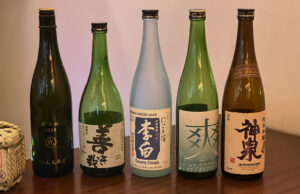
Sake Tasting 29 May 2022
Outlook for the sake tasting on May 29, 2022 At the end of May we will again host a sake tasting, Sunday, 15.30h. Before Corona had
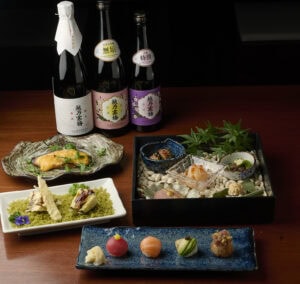
Koshi no Kanbai × sansaro
Exklusiver Abend mit Koshi no Kanbai Unsere Stammgäste wissen: wir haben eine jahrelange Tradition, besondere kulinarische Events rund um die
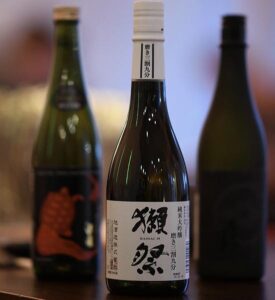
Sake Tasting Event on November 1, 2018 with Yoshiko Ueno-Müller
Our tasting events have enjoyed great popularity for a good two years now - we combine fine Japanese drinks with exclusive appetizers. At
